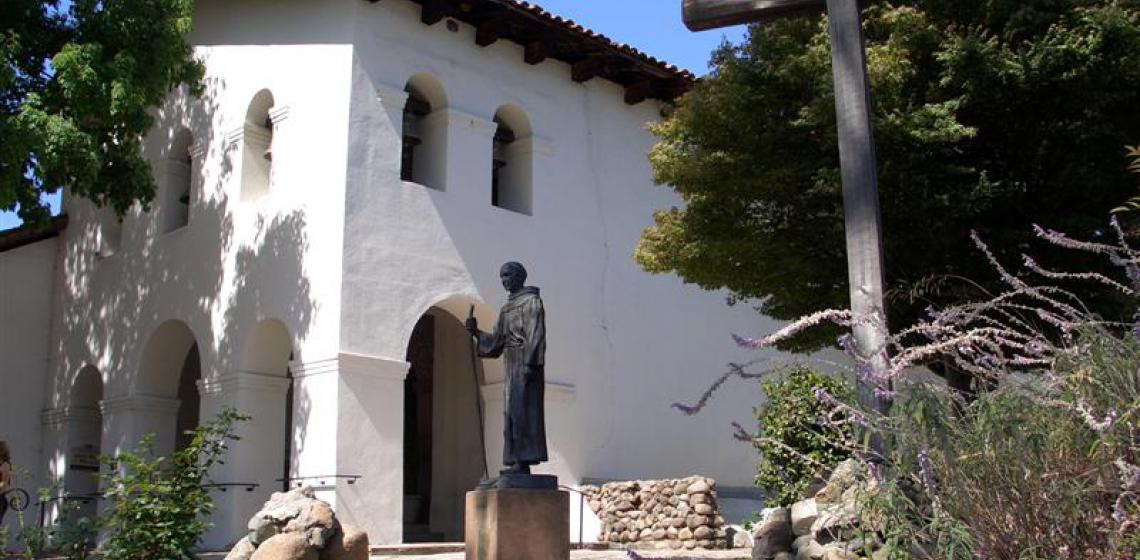
Mission San Luis de Apalachee (also known as San Luis de Talimali) was a Spanish Franciscan mission built in 1633 in the Florida Panhandle. It was located in the descendent settlement of Anhaica (also as Anhayca Apalache or Inihayca) capital of Apalachee Province. The mission was part of Spain's effort to colonize the region, and convert the Timucuan and Apalachee Indians to Christianity. The mission lasted until 1704, when it was evacuated and destroyed to prevent its use by an approaching militia of Creek Indians and South Carolinians.
Apalachee Province was one of the most powerful and wealthy chiefdoms or provinces in Florida and the Apalachee were the most advanced native peoples in Florida. The Apalachee were part of the Mississippian culture of mound builders and had well-established administrative and religious systems.
Beginning in 1492, the greatest change in the ecology of our planet occurred. Europeans brought their plants, animals, and diseases to North and South America. They took the western hemisphere’s plants, animals, and diseases back to Europe. Some of what is known about this great exchange of food, fiber, and disease was written at the time by European explorers and immigrants.
In the 1980s, archaeologists excavated the floors of Spanish houses and San Luis trash pits. These scientists discovered and studied the remains left behind by the Apalachee and Spanish villagers. These artifacts and biological debris added to the history of changes in traditions, practices, and resources during the 50 years San Luis existed.
